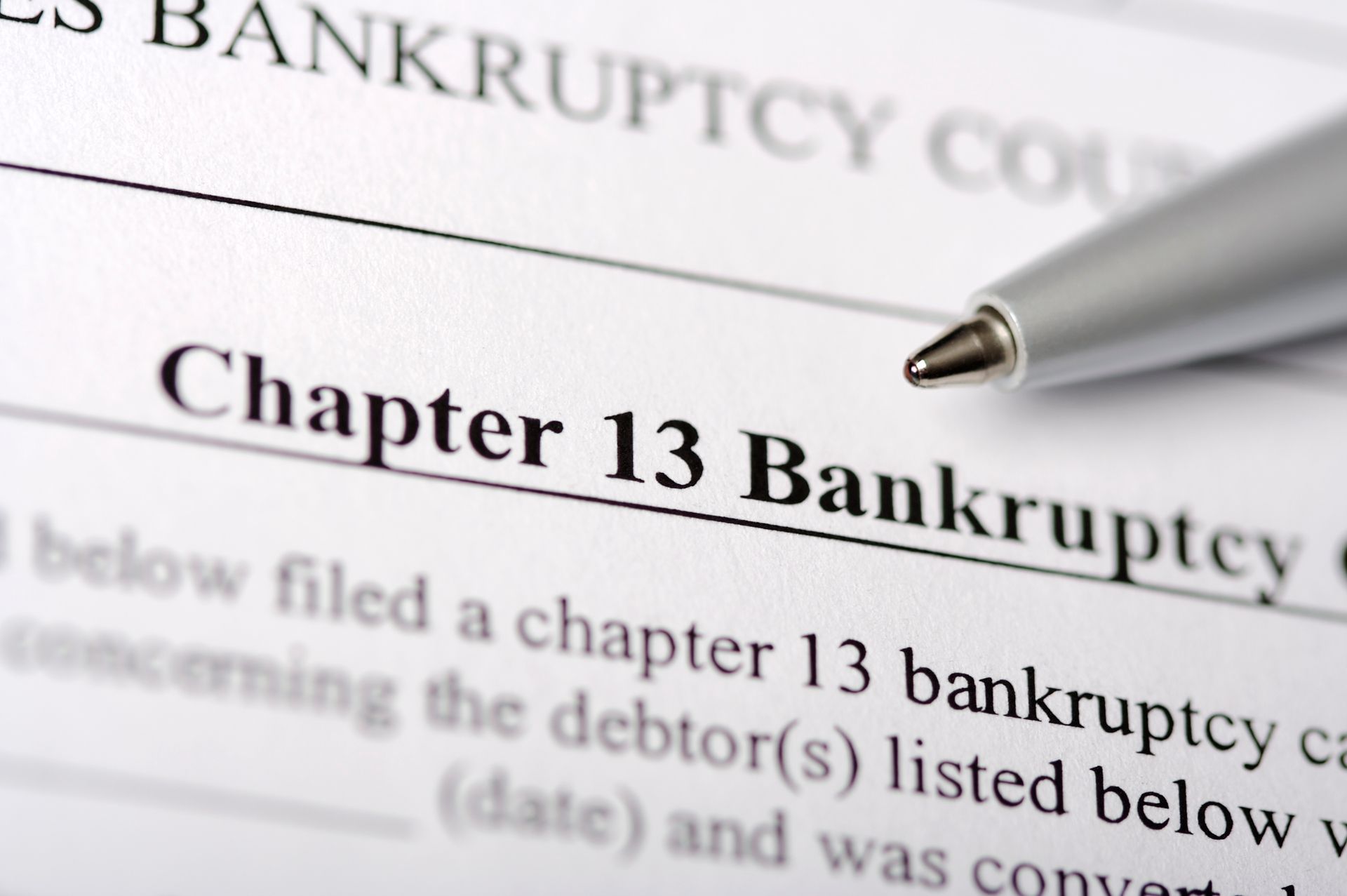When is it too Late to Save My Home from Foreclosure?

When you are facing foreclosure, it is common to feel hopeless and overwhelmed. The stress and anxiety of dealing with foreclosure proceedings can put homeowners in a state of freeze. We hate hearing stories of homeowners who felt powerless to protect their interests, only to find out after losing their homes that they had other options. The long foreclosure timeline provides ample opportunity for homeowners to save their homes or find a better alternative to foreclosure.
An experienced foreclosure defense lawyer can explain all of your options at every stage of the foreclosure timeline. Just because you have been served with a notice of foreclosure does not mean you will imminently lose your home. If you are looking for a foreclosure defense lawyer in Monmouth County, Veitengruber Law has helped hundreds of NJ residents save their homes.
Here is an overview of your options at every step of the foreclosure timeline:
1. Missed Payment
After missing a few monthly mortgage payments, your lender will notify you of default. This does not mean that foreclosure proceedings have begun. It does mean that you should think seriously about how to get ahead of this financial problem. If you are struggling to make your mortgage payments, you can try to work directly with your lender. Work with an attorney to create a hardship letter and ask your lender for a mortgage modification. Your attorney may suggest other options like bankruptcy or debt negotiation, depending on your financial situation. The important thing at this stage is to be proactive and not wait to act until after foreclosure proceedings have been initiated.
2. Formal Notice of Intent
After you have been in default on your loan for 120 days, your mortgage servicer will send a Notice of Intent to Foreclose. This document will detail your lender's intentions to file for foreclosure on your property if the default is not cured within a specified timeframe. In NJ, lenders cannot file a foreclosure complaint until 30 days after the Notice of Intent has been sent. This letter must be sent by regular and certified mail. Many lenders will include options for curing the debt, like mortgage modification or different forbearance programs.
Once you receive the Notice of Intent, you must act quickly to avoid foreclosure proceedings. Depending on your circumstances and ability to pay back the debt, you can work directly with your lender to determine a repayment plan or work with an attorney to file for bankruptcy, which will prevent any new court proceedings from being brought against you.
3. Filing of the Complaint
If the debt is not cured or an agreement with your lender cannot be reached within 30 days after the Notice of Intent, your lender can file a foreclosure complaint with the court. This is when the official foreclosure proceedings begin. Once served with a notice of the complaint, the homeowner will have 35 days to respond.
At this point, you can still attempt to work with your lender to find a solution that allows you to stay in your home. You can cure the debt, apply for a loan modification, or file for bankruptcy to determine the best way to restructure your debts. If your goal is not to stay in your home, you could also consider a short sale. A short sale cannot save your home but will allow you to get something out of your investment. Your lender may agree to settle your debt with the proceeds of a short sale, which would mean you can walk away from your home with less debt.
4. Final Judgement
If you cannot find a solution to avoid foreclosure within 35 days after the complaint has been filed, or if the court rules in favor of the lender, your case will enter final judgment. This means a judge has ruled that the foreclosure can proceed, and your home will be scheduled for a sheriff's sale. At the sheriff's sale, your home will be sold to the highest bidder as your lender attempts to recover their losses. But even if your home is sold at a sheriff's sale, you still have the 10-day right of redemption period to overturn the sale and save your home.
During the right of redemption period, you have one final chance to pay off the amount owed on the foreclosure judgment. The amount required to redeem your home and save it from foreclosure will often include the principal amount of your mortgage debt, interest, and any fees, taxes, assessments, or other costs incurred by your lender during the foreclosure process.
The end of the right to redemption period is when it is officially too late to save your home. However, the foreclosure timeline is purposely lengthy, allowing homeowners plenty of time to find a better solution. Veitengruber Law can work with you at any stage of the foreclosure timeline to help you save your home or find another solution that allows you to protect some of your investment. Reach out to us today for a consultation!










